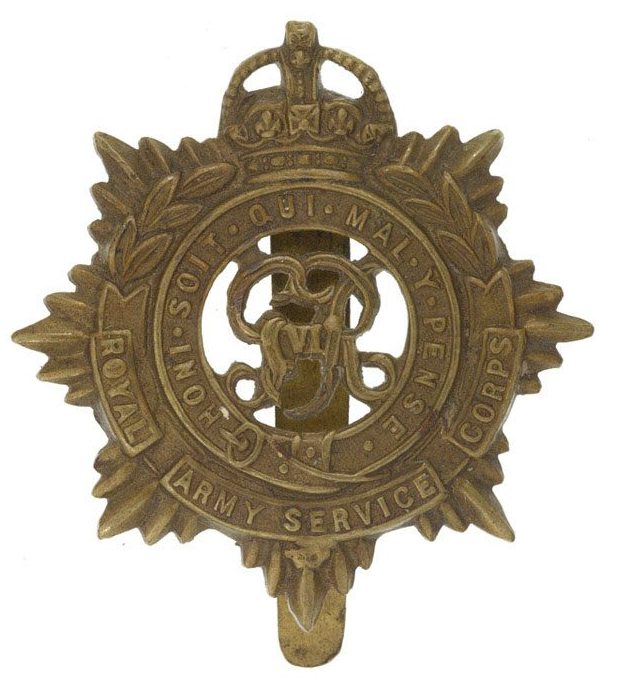Personal Details
Born: 16 June 1876 in Whitchurch, Shropshire and baptised on 16 July the same year at Christ Church, Tilstock, Shropshire.
Family: He was the fifth of nine children of William Adams, an agricultural labourer, and his wife Elizabeth. He married Alice Martha Barlow in 1905 in Market Drayton, Shropshire and together they had seven children – Frank, George Frederick, Eva, William, Mary Jane, Frederick Charles and Thomas E.
Residence: The family were living in Prees Heath, Whitchurch at the time of his birth. In 1881 he was living in Heath Lane, Whitchurch; in 1891 he was boarding in the Waggoners Inn, Platt Lane, Prees, Shropshire. Having married, in 1911 Frederick lived with his wife and children at 38 Chancel Street, Liverpool, Lancashire; this was still his address in 1939.
Employment: He was an undertaker’s coachman in 1911 and undertaker’s motor driver in 1939.
Died: In 1941 in Liverpool, aged 64.
Military Details
Regiment: Royal Army Service Corps
Rank: Corporal
Service Number: T4/232293 (he may also have had the number T4/382293)
Date of Enlistment:
Date of Discharge: 13 March 1919
Reason for Discharge: Transferred to the reserve
Frederick was awarded the Campaign Medals (British War Medal, and Victory Medal).

The British War Medal (also known as 'Squeak') was a silver or bronze medal awarded to officers and men of the British and Imperial Forces who either entered a theatre of war or entered service overseas between 5th August 1914 and 11th November 1918 inclusive. This was later extended to services in Russia, Siberia and some other areas in 1919 and 1920. Approximately 6.5 million British War Medals were issued. Approximately 6.4 million of these were the silver versions of this medal. Around 110,000 of a bronze version were issued mainly to Chinese, Maltese and Indian Labour Corps. The front (obv or obverse) of the medal depicts the head of George V. The recipient's service number, rank, name and unit was impressed on the rim.
The Allied Victory Medal (also known as 'Wilfred') was issued by each of the allies. It was decided that each of the allies should each issue their own bronze victory medal with a similar design, similar equivalent wording and identical ribbon. The British medal was designed by W. McMillan. The front depicts a winged classical figure representing victory. Approximately 5.7 million victory medals were issued. Interestingly, eligibility for this medal was more restrictive and not everyone who received the British War Medal ('Squeak') also received the Victory Medal ('Wilfred'). However, in general, all recipients of 'Wilfred' also received 'Squeak' and all recipients of The 1914 Star or The 1914/1915 Star (also known as 'Pip') also received both 'Squeak' and 'Wilfred'. The recipient's service number, rank, name and unit was impressed on the rim.

